Regulatory Support and Guidelines
Regulatory support plays a crucial role in shaping the Stem Cell Umbilical Cord Blood Market. Governments and health authorities are establishing guidelines that facilitate the safe collection, processing, and storage of cord blood. This regulatory framework not only ensures the safety and efficacy of stem cell therapies but also instills confidence among parents considering cord blood banking. The presence of clear regulations is likely to encourage more healthcare providers to offer cord blood collection services, thereby expanding the market. Furthermore, as regulatory bodies continue to recognize the importance of stem cell therapies, the industry may witness increased funding and support for research initiatives.
Advancements in Stem Cell Research
Ongoing advancements in stem cell research are propelling the Stem Cell Umbilical Cord Blood Market forward. Research institutions and biotechnology companies are increasingly focusing on the therapeutic applications of stem cells derived from umbilical cord blood. These advancements have led to the development of novel treatment protocols for conditions such as leukemia, sickle cell anemia, and other hematological disorders. The market data suggests that the number of clinical trials involving cord blood stem cells is on the rise, indicating a growing interest in their therapeutic potential. As research continues to unveil new possibilities, the market is likely to experience enhanced growth driven by scientific innovation.
Rising Incidence of Chronic Diseases
The rising incidence of chronic diseases is a critical factor influencing the Stem Cell Umbilical Cord Blood Market. Conditions such as cancer, autoimmune disorders, and genetic diseases are becoming increasingly prevalent, necessitating innovative treatment options. Umbilical cord blood stem cells have shown promise in treating a range of these conditions, leading to heightened interest from both patients and healthcare professionals. Market statistics reveal that the demand for stem cell therapies is expected to surge as the population ages and the prevalence of chronic diseases increases. This trend is likely to drive the growth of the cord blood banking industry, as more families seek to secure potential treatment options for future health challenges.
Growing Demand for Regenerative Medicine
The increasing demand for regenerative medicine is a significant driver for the Stem Cell Umbilical Cord Blood Market. As the healthcare landscape evolves, there is a growing emphasis on treatments that promote healing and tissue regeneration. Umbilical cord blood stem cells are recognized for their unique properties, making them suitable for various regenerative applications. Market analysis indicates that the regenerative medicine sector is expected to grow substantially, with cord blood stem cells playing a pivotal role in this expansion. This trend is likely to attract investments and foster collaborations between research institutions and healthcare providers, further enhancing the market's growth prospects.
Increasing Awareness of Stem Cell Therapies
The rising awareness regarding the potential of stem cell therapies is a notable driver for the Stem Cell Umbilical Cord Blood Market. Educational campaigns and outreach programs have contributed to a better understanding of the benefits associated with cord blood banking. As more parents become informed about the possibility of using stem cells for treating various diseases, the demand for cord blood collection and storage services is likely to increase. Reports indicate that the market for stem cell therapies is projected to reach substantial figures, with a significant portion attributed to umbilical cord blood. This growing awareness is expected to foster a more robust market environment, encouraging investments and innovations in the sector.


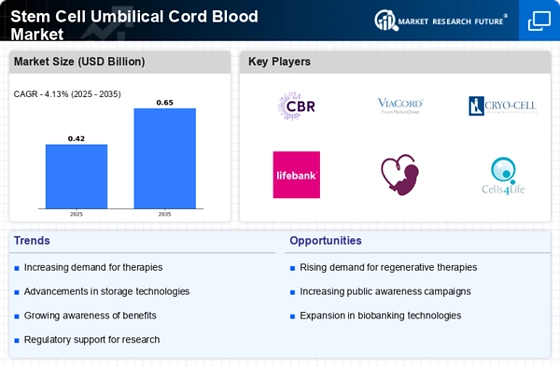
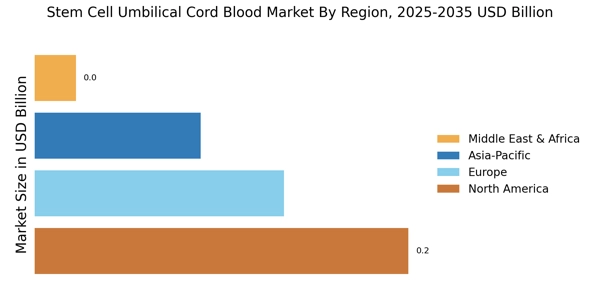

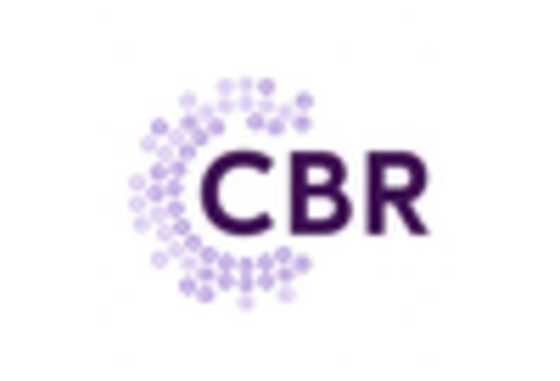
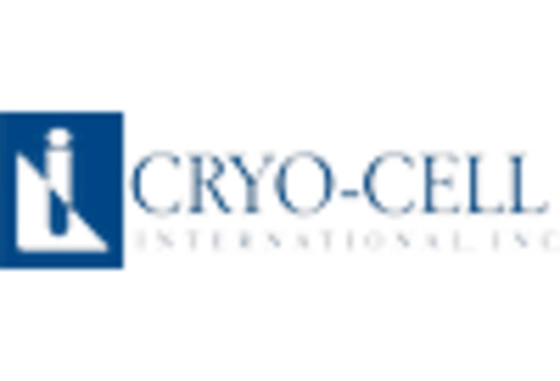
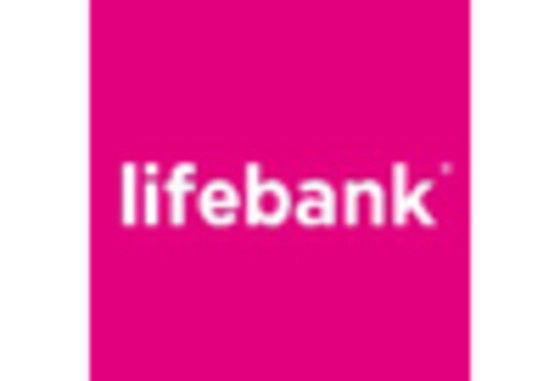

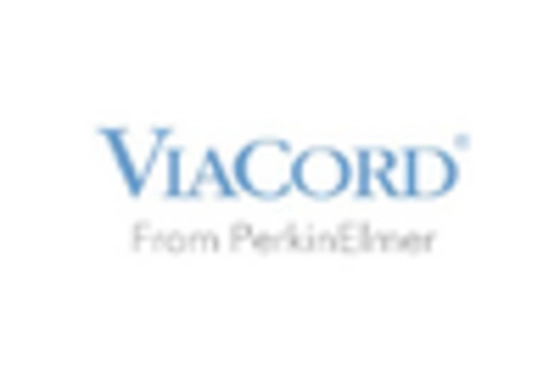








Leave a Comment